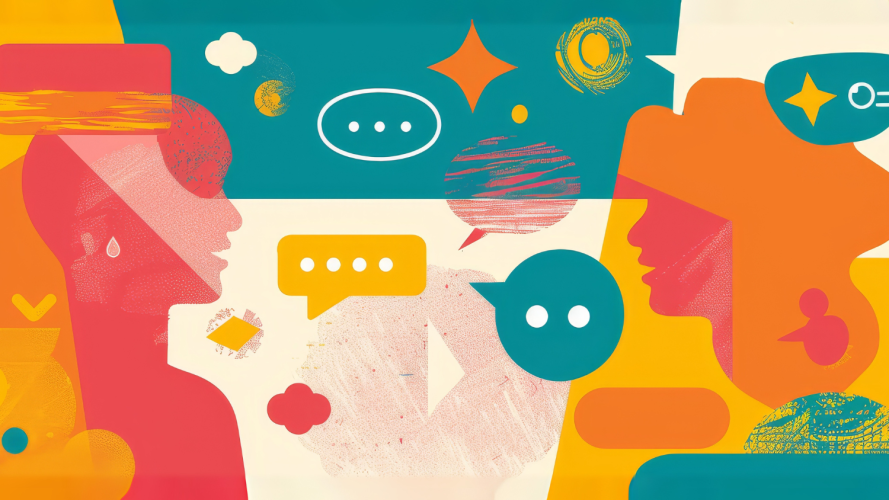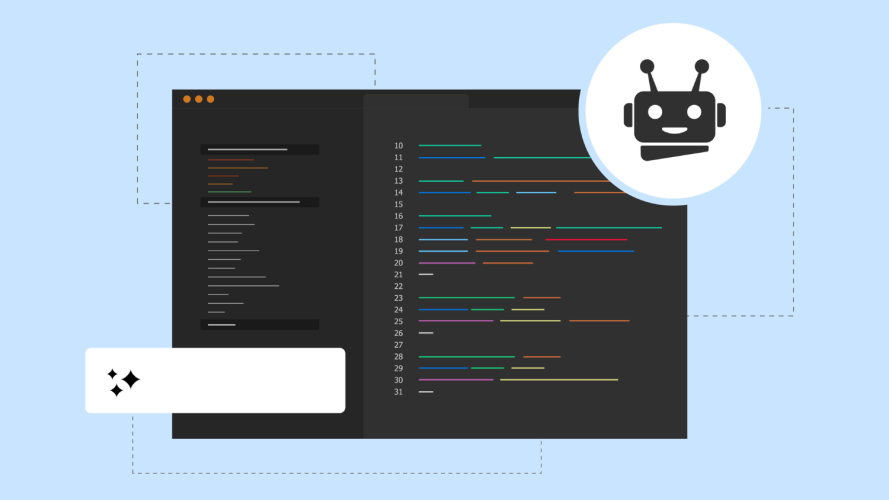Design Jobs Are Getting an AI Makeover

Four types of critical skills will help you thrive with AI to design great customer experiences.
These days, anyone can use natural language with AI to build sleek digital interfaces and automated workflows at scale. Yet, technology alone doesn’t guarantee a great user experience. Only teams equipped with the right skills can deliver outcomes that resonate with customers and employees.
Design and developer roles, in particular, are changing. Designers now code, engineers shape requirements, and product managers prototype. Designers don’t need to become engineers, nor vice versa. But these roles need to integrate and collaborate with AI tools, like Cursor, to cooperate more closely than ever.
Rigid product development processes and designers handing off designs to engineers are giving way to fluid, problem-solving teams. As Min Chang emphasized in his blog, AI coding assistants allow designers to focus on the finer details of their creations by functioning as capable collaborators.
How we’re approaching this moment
Lead with four critical design skills to thrive with AI
Experience architect: Define the outcomes that matter most
Design agent collaboration: Get to know your new AI team member
Conversation design: Align agent behavior with human emotions
Context engineering and ontology: Help machines understand the real world
Invest in teams that blend creativity and technical expertise
Lead with four critical design skills to thrive with AI
As leaders use AI to reshape how businesses engage with customers, the opportunities — and risks — are vast. Poorly designed interactions with AI can frustrate users and erode trust. An AI agent that misinterprets a customer’s intent can turn a simple query into a dead end.
Conversely, a well-designed experience, powered by tools like Agentforce, can anticipate needs, resolve issues seamlessly, and build loyalty. Thoughtful experience design ensures AI enhances human connections, making it a partner in customers’ journeys, not a barrier.
As AI redefines interactions, executives must invest in teams that can blend creativity, technical expertise, and empathy to create experiences that feel intuitive and meaningful. This isn’t just about technology; it’s about empowering people to thrive amidst change.
To lead in this era, your teams need to excel in four critical skill areas:
- Experience architecture (experience outcomes and journeys)
- Design agent collaboration (interfaces)
- Conversation design (linguistics, culture, and cognition)
- Context maps and ontologies (ontology and semantics)
These abilities empower teams to navigate converging roles and keep human connection at the core of every interaction.
Experience architect: Define the outcomes that matter most
Experience architecture focuses on designing holistic journeys that integrate AI across every touchpoint. Teams must map how customers move through interactions, whether browsing a product, seeking support, or engaging with marketing content. For example, a customer might start with a personalized ad, transition to a chatbot for support, and end with a tailored product recommendation.
Experience architects ensure these touchpoints feel cohesive. This requires collaboration across researchers, designers, product managers, and engineers. This shift from siloed design to end-to-end planning demands a unified vision, where teams align on experience outcomes.
Start by envisioning how AI will transform your customer experience. Will you streamline service workflows, reducing response times by 30%? Will you personalize marketing at scale, boosting engagement? Next, redefine “design” as orchestrating intelligent, adaptive experiences, not just visuals.
Then ask, “What would need to be true in order to make this a valuable and seamless experience?” Consider data requirements, product architecture, design systems, and emotional factors that will impact how your customers feel when they interact with your product or service.
Design agent collaboration: Get to know your new AI team member
AI tools can generate good-looking UI prototypes in minutes, democratizing design across teams. There will be a rise in design agents, new AI team members that collaborate with humans to build user experiences. These agents take requirements, ask clarifying questions to refine intent, and produce tailored UI prototypes.
For example, a product manager might describe a dashboard, and a design agent generates a mockup while also asking, “Should the layout prioritize mobile users?” These agents will even be able to simulate human user behavior to test designs, identifying usability issues before launching products. A marketer might use it to prototype a campaign landing page, while an engineer iterates on the same design for technical feasibility.
But speed and automation aren’t enough. For example, a prototype might look polished but fail to meet accessibility standards or user expectations. The fundamentals of UX design – such as usability, accessibility, and clarity – remain essential. Design agents will augment creativity, but human judgment will ensure products truly meet customer needs.
Conversation design: Align agent behavior with human emotions
Conversation designers are experts in designing AI agent parameters, prompts, and heuristics. These help align agent behavior and communication to user needs and expectations. Conversation design comprises a unique skill set that most teams don’t have — and don’t even know they need. Our conversation design team works with customers to improve agent success rates.
As AI redefines touchpoints across the entire customer lifecycle, conversation design becomes critical. This skill involves crafting natural, engaging dialogues that feel human, not robotic. For example, a well-designed AI agent can guide a customer through a complex issue with empathy, understanding intent and context. This requires designers who excel in user psychology and linguistics, and can optimize agents for responses that align with a brand identity.
Unlike traditional design, conversation design transcends visuals. It lives in the gap between a question and its answer: How people show doubt, rebuild trust, and feel heard. Machines can’t read those cues on their own. Humans can.
Without conversation design:
- The exchange sounds canned and brittle.
- Trust cracks even when the facts are right.
- People back away because they can’t trust what it says or what the agent can do.
With conversation design:
- We translate human cues into clear agent behavior.
- The agent speaks plainly, acts with care, and reflects our values.
- Every turn brings clarity, confidence, and room to grow.
Context engineering and ontology: Help machines understand the real world
Recently, the term “context engineering” has been on the rise — but it’s work information architects and ontologists have been doing for a long time. One dimension of this work is context mapping to ensure AI understands your business and customers. By structuring data and context, through ontologies, teams enable tools like Agentforce to deliver relevant, personalized interactions.
For example, a retail company might use context mapping and ontologies to define customer preferences, purchase history, and regional trends, allowing Agentforce to recommend products that feel tailored. Context engineering is a related technical skill that considers the user experience and ensures that the information provided to the LLM is presented in a clear, concise, and relevant way, leading to better and more intuitive interactions.
This skill blends technical precision and the ability to structure data models with customer empathy, understanding what matters to users. Designers, engineers, and product managers must collaborate to build these frameworks, ensuring AI delivers value without losing the human touch.
Invest in teams that blend creativity and technical expertise
At Salesforce, we’re embracing the shift to blended roles, encouraging teams to experiment with Agentforce to tackle customer challenges creatively. Leaders must foster a culture of collaboration, curiosity, and continuous learning.
Start by showcasing AI’s potential to augment, not replace, human creativity. Provide training programs that bridge gaps and blend the technical and creative skills necessary to solve cross-functional problems. Prioritize experience architecture and how to collaborate with design agents. Hire conversation designers and context engineers.
The AI era is rapidly reshaping how we design, build, and connect. Investing in upskilling helps move your experience design team up the innovation value chain. And, it’ll ensure you make the most of AI’s strengths while keeping humans at the heart of every experience.





























